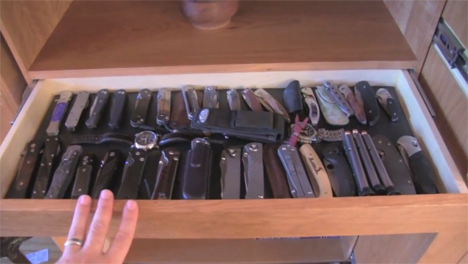

The more well-to-do 18th-century family could afford a close stool, a small decorative cabinet that held a chamber pot inside. Can you help?Ī: You have a type of commode the English call a “close stool.” During the days before indoor plumbing, chamber pots with lids were usually kept under beds and used in the evenings when it was too dark or too difficult to go outside to an outhouse. The lettering on the bottom of the jar reads, “Burleigh, Made in England.” We have no idea of its origin or history.

It also has a hinged slide-out footrest with a leather top. Under it is a compartment with a lidded ceramic potty jar. When the top is raised, a hinged toilet seat appears. It’s wood, 18 inches high, and has vertical fluted sections that join to make a circular outer case. Q: We purchased a stool in the 1970s while we were living in England. Prices range from under $40 for pewter or plated metal rings to thousands of dollars for gold rings set with precious stones.

Internet ads offer hundreds of modern versions today. Instead, the small compartment held religious relics, locks of hair of lovers, notes or other tiny memorabilia of a romantic or religious nature. But historians now think the rings were not often used to hold poison. It was designed to be used to kill foes or to commit suicide if captured by enemies. The idea of a ring that held poison is thousands of years old, but it is the Victorian era that’s called “the era of the poison ring.” A ring was made to conceal a small compartment with a tight cover that could hold a poisonous powder. Adversaries were removed with a flick of a ring cover over a glass of wine. Poison rings play a part in a lot of murder mysteries.


 0 kommentar(er)
0 kommentar(er)
